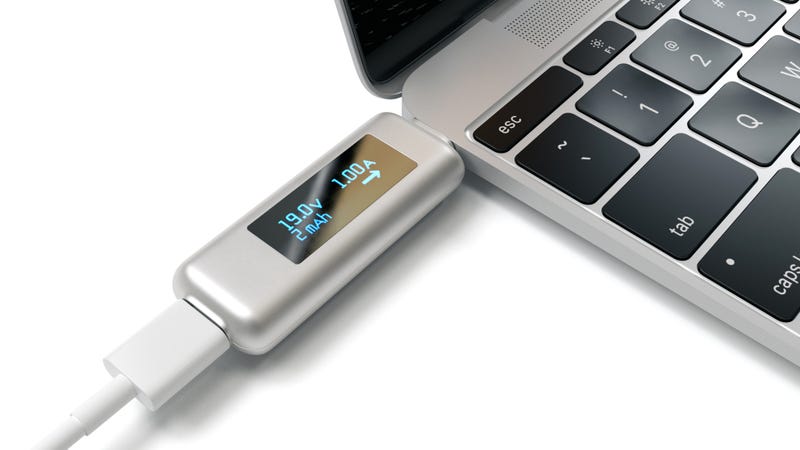Protecting your gadgets through USB-C
Apple's new push for USB-C as the universal cable for all things Apple has some users worried. Apple boasts that this single port can:
- Charge your Mac.
- Provide power out.
- Transfer data between your Mac and other devices.
- Connect video output such as HDMI, VGA, and DisplayPort (requires adapter).
- Connect to other technologies, such as Ethernet (requires adapter).
- Connect Thunderbolt displays and accessories to MacBook Pro (13-inch, Late 2016, Two Thunderbolt 3 Ports), MacBook Pro (13-inch, Late 2016, Four Thunderbolt 3 Ports), or MacBook Pro (15-inch, Late 2016) with an adapter.
This is the same idea with cables for a USB-C. Since USB-C isn't compatible with all devices, there are many different adapters and cables that you can buy to circumvent this new port. Certain cables will work properly with your devices without causing any harm. But not everyone can afford the high-end adapters. If you do seem to stumble upon cheap cables, most people will tend to buy them because that is what they can afford. What they don't know is that these cables can fry your gadgets and ruin them. There is a way you can monitor this.
A company called Satechi has created a device that shows users what kind of power your cables and adapters are allowing into your devices. It shows amps, voltage, and the amount of power used. While it doesn't have any features that can detect any problems, it can still give them valuable information to check and see if the cables are giving proper power. The user will need to know what each device actually needs in order to fully protect their devices, but this will definitely assist them. Either way, this device can save users a few hundred dollars if properly managed.
Is there one solution that fits all for the universal port? Not really. However, you can protect your devices by paying attention to adapters and cables that you purchase. Sometimes the high end products that cost a bit more are the ones your devices actually need in order to function properly.
Get Satechi's device here: http://www.satechi.net/index.php/satechi-type-c-power-meter
Other sources:
http://gizmodo.com/usb-c-power-meter-helps-you-spot-counterfeit-accessorie-1791668311
https://support.apple.com/en-us/HT204360
Get Satechi's device here: http://www.satechi.net/index.php/satechi-type-c-power-meter
Other sources:
http://gizmodo.com/usb-c-power-meter-helps-you-spot-counterfeit-accessorie-1791668311
https://support.apple.com/en-us/HT204360






No comments: